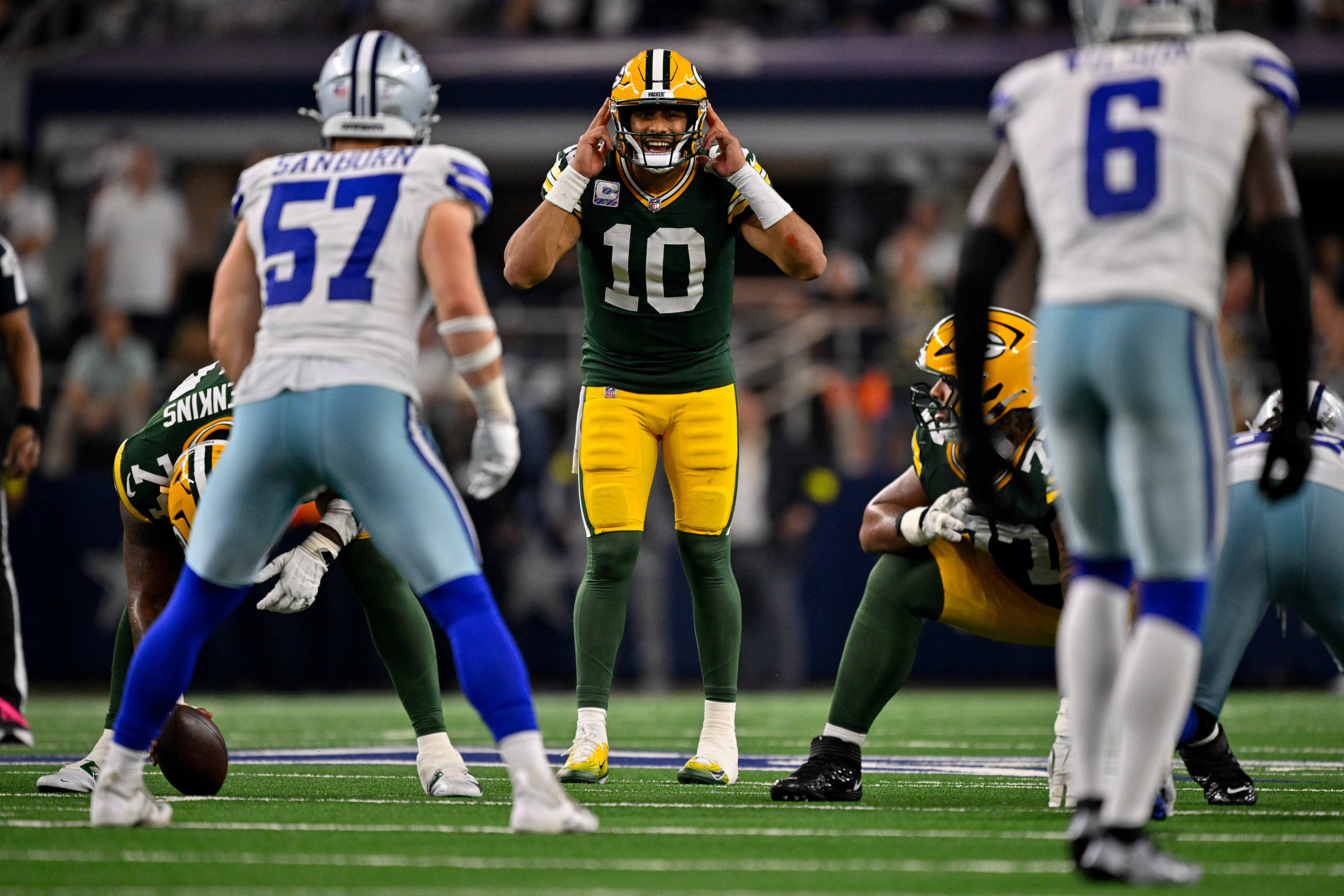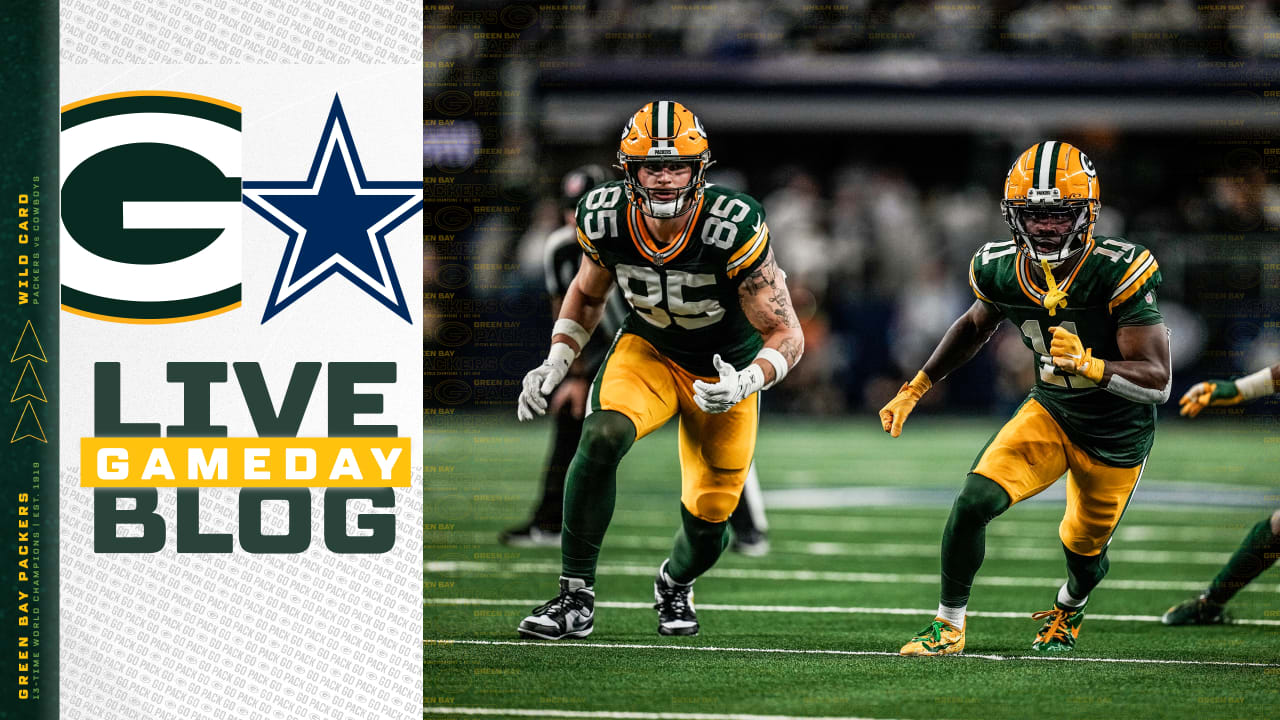
Jerome Miron-Imagn Images
There were 22 seconds left to play when Emanuel Wilson got tackled at the 16-yard in overtime. The Green Bay Packers were down 40-37 against the Dallas Cowboys, and it was 3rd & 14. Theoretically, there was enough time to comfortably try a final shot in the end zone before settling for a game-tying field goal.
Well, not that comfortably. The Packers operated in what head coach Matt LaFleur would call a regular no-huddle offense urgency tempo, and it was simply not ideal. Ultimately, the ball fell to the ground with one second left, which gave them time for Brandon McManus to tie the game. In a process over results logic, though, luck shouldn’t be the answer.
“It was like watching a slow-motion car crash in front of your face,” LaFleur admitted on Tuesday after re-watching the film. “Where I’m just looking at the clock and I’m like, ‘Oh my God, there’s going to be no time left.’ I mean, it’s a very humbling experience to go through that, and it’s unacceptable, quite honestly. And there’s nothing we can do about it now, other than we better learn from it, everybody.”

Tough sequence for the offense
LaFleur put most of the blame on himself, but it’s clear that quarterback Jordan Love should be more aware of that situation as well. On that final throw, Green Bay didn’t get the look from the defense it was expecting, and at that point Love himself tried to somewhat extend the play to find someone in the end zone.
“The urgency that was required didn’t happen previous to that as well, which gets into the process of, we ran a play out of the two-minute, and then we huddled up and called a play. We thought they were gonna be in Cover 2, they played man coverage, we hit Rome [Doubs] on a slant, and at that point, in my mind, it’s two-minute. We operated out of a different two-minute formation, so I would say this: Where we have to clear up the communication is when we’re not in two-minute mode, and then you jump into two-minute mode, everybody on the field has to know that and operate as such.
“We were operating more out of our no-huddle tempo, which isn’t warp speed, whereas two-minute has got to be warp speed, and it just wasn’t. It’s a bad look, quite honestly, and that’s why you get a bad result as well. The communication and process have got to be cleaned up because we can’t allow that ever to happen again.”
It wasn’t the first example of a bad operation for the Packers in a two-minute situation. Back in Week 18 of 2023, Love’s first year as a starter, Green Bay got the ball with 1:17 left in the second quarter against the Chicago Bears, with two timeouts available. The offense easily advanced to field-goal range, but a sequence of inbound passes that were supposed to go outside left the Packers without time to kick it.
Outlook for the season
The team is young, but that doesn’t matter at this point anymore. Despite the problems, though, LaFleur still believes the Packers can reach a higher level.
“We have a team that’s capable. Every team in the league comes in saying they’re chasing the Lombardi, but it’s a process to get there,” LaFleur mentioned. “I don’t expect us to play our best football in September, we’ve got to get better.
“I’m more worried about getting better each and every game. You can look at our record right now, we’re 2-1-1. Are we disappointed we’re not better? Absolutely. But even in the two games that we’ve won, I don’t think we’ve put together a full game of complementary football. We’ve got to somehow be able to do that collectively in all three phases, putting our best out there. The majority of these games are going down to the last minutes.”
It’s time to increase awareness and consistency. A long road is ahead after the bye, starting in Week 6 against the Cincinnati Bengals, and the level shown so far won’t be enough to take the team where it wants to go.






